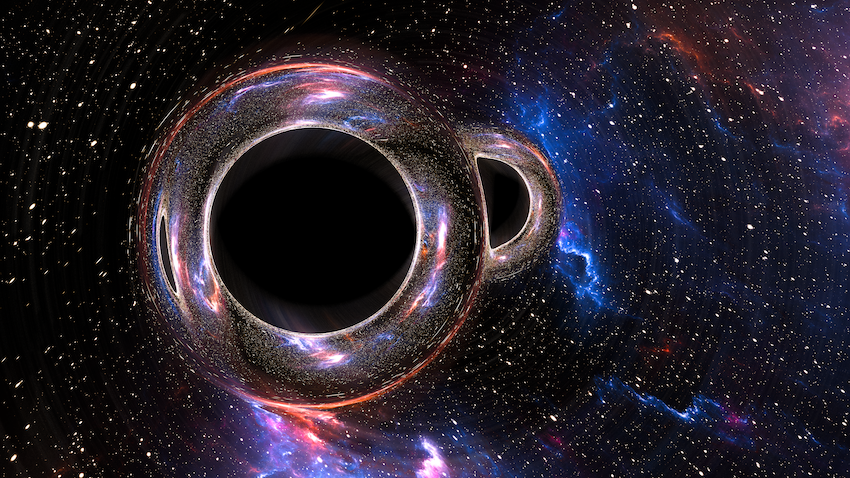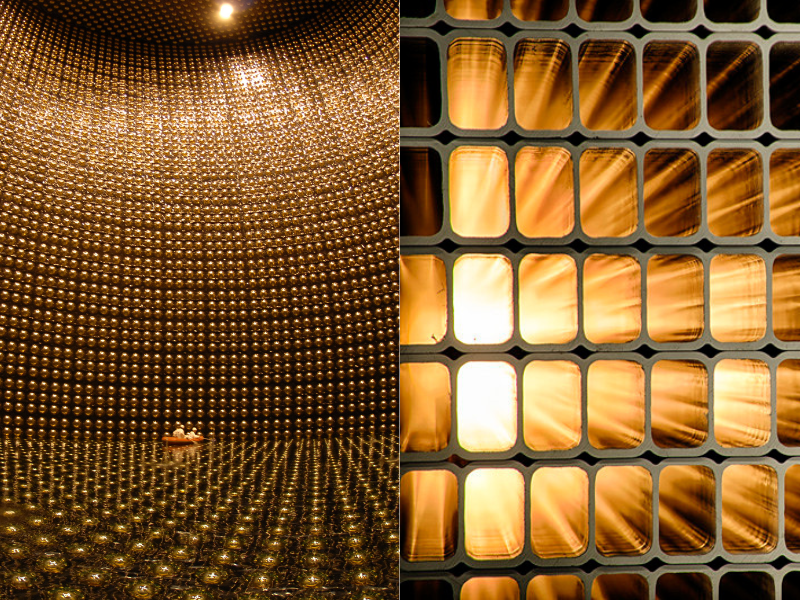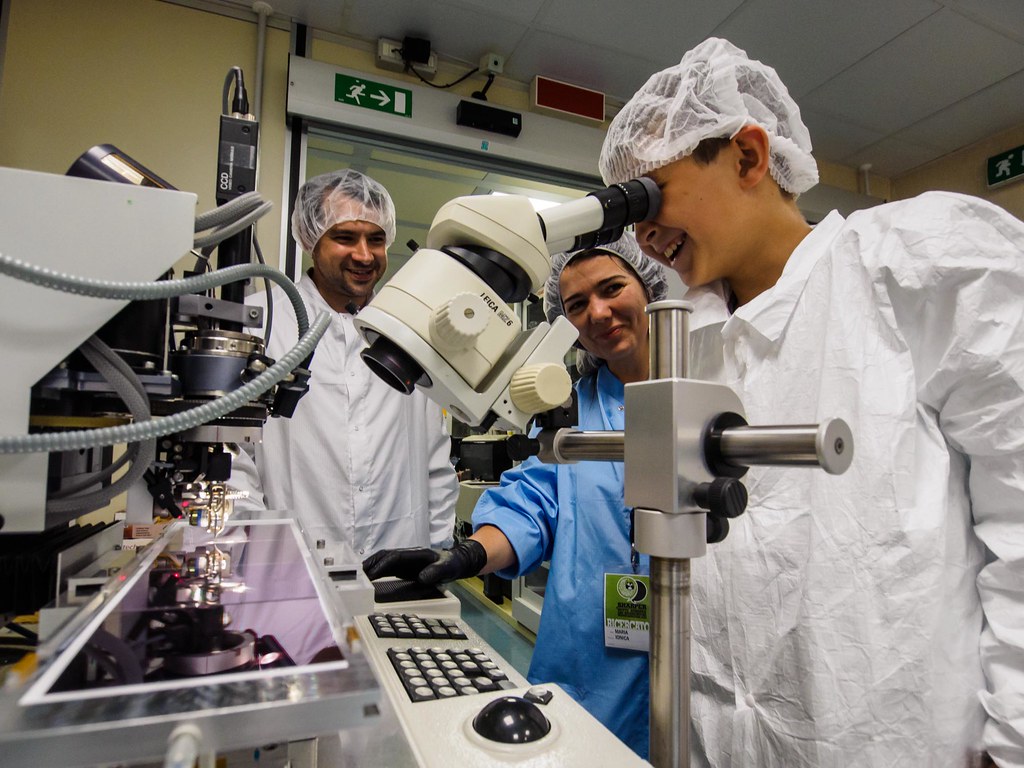An innovative experimental device, conceived and developed by research groups from Italy’s INFN and France’s CEA, promises to revolutionise the search for lightweight dark matter candidates, called axions, by significantly improving the sensitivity of current detectors. The study, recently published in Physical Review X, presents a new experimental setup based on superconducting circuits that use qubits to detect the extremely faint signals potentially generated by axions.
Some theoretical models suggest that our galaxy is surrounded by a halo of dark matter, an invisible form of matter that makes up about 85% of the mass of the universe. The axion, a particle theorised in the 1970s, is currently considered one of the leading candidates to explain this form of matter.
In 1982, physicist Pierre Sikivie proposed a device called a “haloscope” to try to detect these particles. In this device, axions would convert into photons inside a microwave cavity immersed in a very strong magnetic field. However, the corresponding signal is extremely weak, and to reduce electronic noise, the system operates at ultra-cryogenic temperatures—just tens of millikelvin, slightly above absolute zero.
To read the signal generated in the cavity, traditionally, the best available amplifiers operating at the quantum limit—an ineliminable noise floor imposed by Heisenberg’s uncertainty principle—are used. However, this research is progressing very slowly and does not allow for timely exploration of the most interesting theoretical models describing axion properties. For this reason, the international scientific community has been heavily investing in research and development of devices capable of detecting single photons. Recording the “clicks” corresponding to axions converting into photons could accelerate the search by even several orders of magnitude. But the technological challenge is significant. The photons produced inside the haloscope have very low energies because they lie in the microwave frequency band—about 50,000 times less energetic than a photon in the visible light range—making them undetectable by traditional phototubes or photodiodes.
“To detect microwave photons, we use qubits—atoms we can construct on superconducting chips and which are therefore known as artificial atoms,” explains Caterina Braggio, professor at the University of Padua, INFN researcher, and lead author of the study. “This allows us to achieve a significant boost in the speed of axion searches using haloscopes, increasing the detection rate by a factor of 20. The next challenge is not only to further reduce noise in these devices but also to make them more practical and robust, suitable for use in these complex experiments, which require not only strong magnetic fields but also variable-frequency microwave cavities.”
“The major outcome of this work is the demonstration of a new application for quantum technologies, which are rapidly changing the way we conduct experiments at the low-energy frontier of particle physics,” concludes Braggio.
This study was made possible thanks to experience gained within the QUAX project, led by INFN researcher Giovanni Carugno, and involved researchers from the INFN sections of Padua and the associated group of Salerno, the INFN National Laboratories of Legnaro, and the CEA in Saclay.






